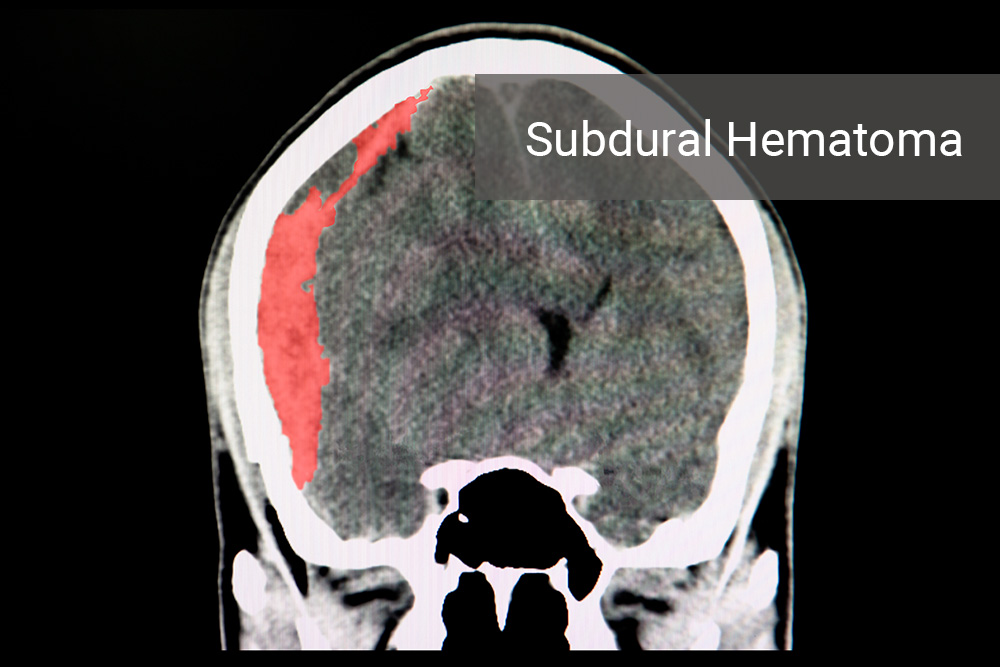by admin
Share
by admin
Share

If you or a loved one have suffered a head injury, you may wonder what to expect next. Many head injuries can result from car crashes, defective products, motorcycle accidents, boating accidents, slips, falls, etc. For the most part, head injuries fall into three categories.
Traumatic brain injuries can occur near the skull, brain, or scalp. With these types of injuries, the complications and medical interventions will depend on how severe an injury is and where it occurred.
After an accident resulting in an injury to the head, it is crucial to know how insurance companies and doctors will handle your case. If you are a victim and need help with financial matters, settlements, or insurance claims, it is imperative to consult with an experienced personal injury attorney. At Moss Berg, our team of skilled Nevada personal injury attorneys can help. If you need a Las Vegas injury lawyer for a head injury, we encourage you to contact our team for a consultation.
In the meantime, you can read on to better understand head injuries and the three primary categories they fall into.
Common Types of Brain and Head Injuries Sustained from Accidents
There are three common types of traumatic brain and head injuries: concussions, skull fractures, and intracranial hematoma. However, there are a couple of other injuries to watch out for as well. Let’s go over each type, so you have a better understanding of what to expect.
Concussions

Concussions are injuries that take place in the head area and cause varying symptoms. These traumatic brain injuries occur when the head is jarred, shaken, or hit hard enough that the brain bounces against the skull. In many cases, concussions cause an instant loss of alertness, awareness, or even consciousness. They may affect sufferers for minutes, hours, or even days after the traumatic event.
In circumstances where an individual has sustained multiple concussions, the symptoms may be worse or even life-threatening. However, most concussions do heal naturally. Still, they require a diagnosis and should be taken seriously if specific symptoms are present.
Concussions are the most common types of head injuries and can be mild or severe. An individual does not have to be hit in the head to get a concussion, and any impact in the body that is hard enough may jar the brain and cause a concussive effect.
Skull Fractures
Sometimes after an accident or traumatic event, skull fractures occur. When skull fractures take place, a broken bone may affect the brain. The broken pieces of bone could cause bleeding, cut the brain, or be responsible for other types of head injuries. There are many different types of skull fractures.
Linear Skull Fractures

Linear skull fractures are the most common type of fracture to the skull. A bone breaks but does not move out of place with these linear fractures. Patients diagnosed with linear skull fractures may need to be observed in the hospital to ensure the bone stays in place. Usually, medical interventions are not necessary.
Depressed Skull Fractures
Depressed skull fractures may be seen with or without lacerations to the scalp. With these fractures, part of the skull is sunken after a trauma. These fractures sometimes require surgical intervention, depending on their severity, location, and other factors.
Diastatic Skull Fractures
This type of skull fracture occurs along the suture lines in the skull. These are the areas where the bones and a head fuse together. In this type of fracture, the normal suture lines are widened. These types of fractures are most common in infants and young children.
Basilar Skull Fractures
This is the most severe category of skull fracture. It involves a break in the bone at the base of the skull. A patient suffering from a basilar skull fracture may have bruises around their eyes or behind their ears. They may also have clear fluid draining from the nose or ears. This is due to a tear in part of the brain’s cover. Patients experiencing basilar skull fractures require close medical observation.
Intracranial Hematoma
Intracranial hematomas are also sometimes called ICH. Several types of hematomas can take place in the brain and head areas. Hematomas are blood clots. Hematomas can be mild or very serious, depending on many factors.
Epidural Hematoma
An epidural hematoma occurs when a blood clot forms underneath the skull and on top of the dura. The dura is the tough covering around the brain. Epidural hematomas usually occur after the damaged artery that runs just under the skull. Epidural hematomas are often associated with skull fractures.
Subdural Hematoma

Subdural hematomas occur when a blood clot underneath the skull and dura occurs. However, these hematomas are still outside of the brain. They can form from tears in the veins that go from the brain to the dura or from a cut on the brain. Sometimes, they are associated with skull fractures.
Intracerebral Hematoma or Contusion
Contusions are bruises on the brain itself. Contusions can cause swelling and bleeding inside the brain near where the head was struck. Contusions can occur with hematomas or skull fractures. When there is bleeding inside of the brain itself is very dangerous and known as a hemorrhage.
Other Common Types of Head Injuries
Apart from the three primary categories listed above, a few other types of head injuries commonly occur after an accident.
Diffuse Axonal Injury (DAI)
Diffuse axonal injuries occur when someone’s head is shaken back and forth severely. These injuries can be mild, like in a concussion, or severe, like in a DAI. With DAI injuries, a patient may fall into a coma.
Penetrating Injuries
It is known as a penetration injury when the skull or brain is penetrated. Projectiles are often the cause of these injuries.
Three Head Injury Severity Levels
Head injuries can be mild, moderate, or severe. Only a licensed physician can determine how severe your head injury is.
#1: Mild Injury
A mild head injury may result in the loss of consciousness for a few minutes. Still, victims could be confused or disoriented. Even mild head injury should be evaluated by a medical professional.
#2: Moderate Injury
Moderate head or brain injuries may result after losing consciousness for several hours. The confusion from these types of injuries can last a long time, and complications are more likely.
#3: Severe Brain Injury
The most severe types of brain injuries result after the skull has been penetrated or someone has experienced a crushing blow. These injuries can be very serious and life-threatening. If someone recovers from a severe brain injury, they may have lasting permanent brain damage.
Being Aware of Head Injury Signs and Symptoms
It is important to watch for signs and symptoms of head injuries. You should contact a physician immediately if you believe you have a head injury. Here are some common symptoms of head injuries.
Common Head Injury Symptoms:
- Changes in the size of pupils
- Confusion
- Convulsions
- Distortion of perception
- Dizziness or balance problems
- Double or fuzzy vision
- Feeling foggy or groggy
- Trouble concentrating
- Loss of consciousness
- Low breathing rate
- Restlessness, clumsiness, or lack of coordination
- Fracture in the skull or face
- Impaired hearing, smell, taste, or vision
- Headache
- Inability to move one or more limbs
- Stiff neck or vomiting
- Memory loss
- Nausea
- Sensitivity to light or noise
- Sleep disturbance
- Clear drainage from mouth, nose, ears
- Lightheadedness
- Severe headache
Need a Las Vegas Injury Lawyer After a Head Injury? Call The Team at Moss Berg Las Vegas Injury Law
If you or a loved one is the victim of an accident involving a head injury, you may be entitled to significant compensation. To speak with a skilled injury attorney, contact us. Our firm is here to ensure that your case is fairly represented! At Moss Berg, we will fight for you every step of the way.


